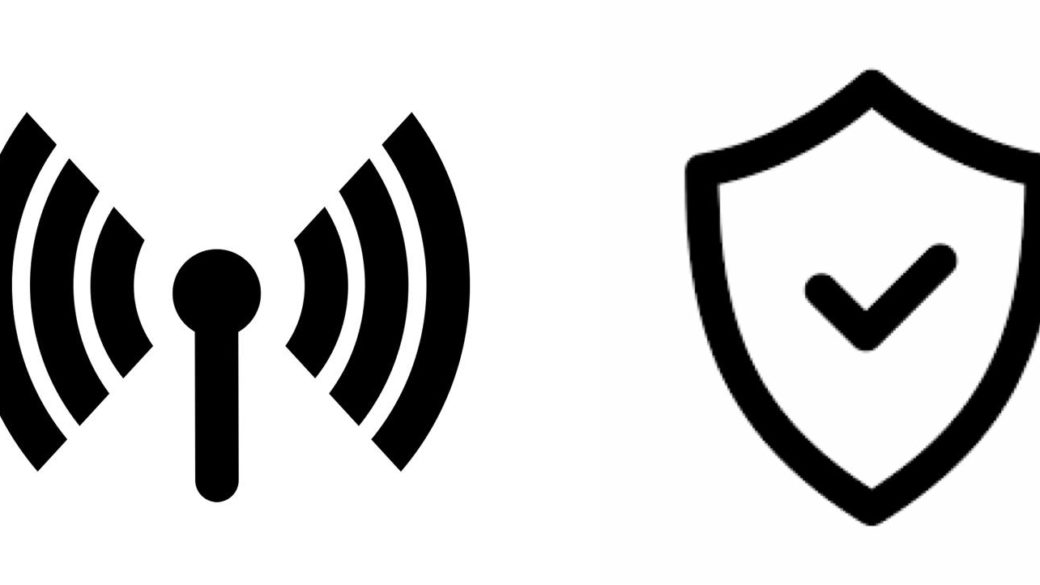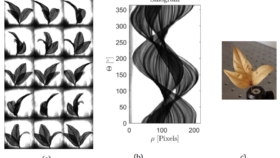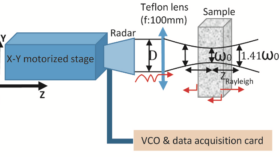
Is terahertz radiation dangerous? Effects of terahertz radiation.
Regulation limits from microwaves and infrared
The terahertz region is between the radio frequency region and infrared. Both the IEEE RF safety standard [1] and the ANSI Laser safety standard [2] have limits into the terahertz region, but both safety limits are based on extrapolations. The ICNIRP recommends that between 10 GHz and 300 GHz, the power density related to occupational exposure should be less than 50 W.m-2, while the general public is limited to 10 W.m-2. Beyond 300 GHz, the limit for skin exposures of less than 10 seconds in the far infrared is, in terms of radiance, H = 20000 t^1/4 J.m-2 (t in seconds). This limit is not specific to the professional environment. Regarding the IEEE, the power density between 30 and 100 GHz is limited to 10 W.m-2. Between 100 and 300 GHz, this power density is limited according to the following formula: (90 fG – 7000) / 200 W.m-2 (fG being the frequency in GHz). Similarly, this limit is not specific to the professional environment [3].
Which kind of effects of terahertz radiation?
It is expected that effects on tissues are thermal in nature and, therefore, predictable by conventional thermal models. Research is underway to collect data to populate this region of the spectrum and validate safety limits. To understand the interaction between terahertz waves and the living, it must be taken into account that terahertz waves are strongly absorbed by polar molecules such as water. As a result, the power of a terahertz wave is reduced by 99% after 500 μm of skin [4]. By the way, most terahertz sources are (unfortunately) low power. The power required to achieve thermal effects are difficult to achieve for conventional laboratory systems. The question of the safety of terahertz waves is still relevant and is the subject of research in laboratories all over the world.
References
[1] IEEE C95.1–2005, IEEE Standard for Safety Levels With Respect to Human Exposure to Radio Frequency Electromagnetic Fields, 3 kHz to 300 GHz
[2] ANSI Z136.1–2007, American National Standard for Safe Use of Lasers
[4] A.J. Fitzgerald et al. Catalogue of Human Tissue Optical Properties at Terahertz Frequencies. Journal of Biological Physics 129: 123–128, 2003


